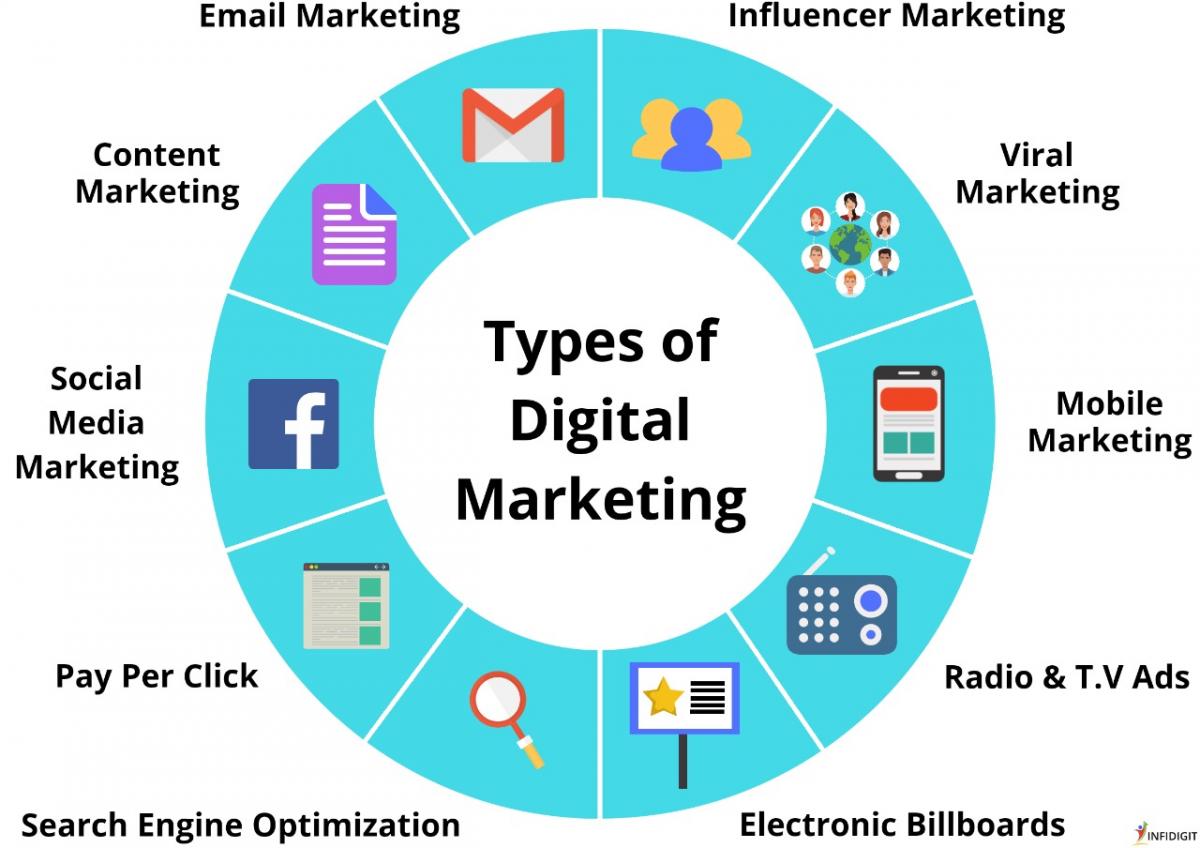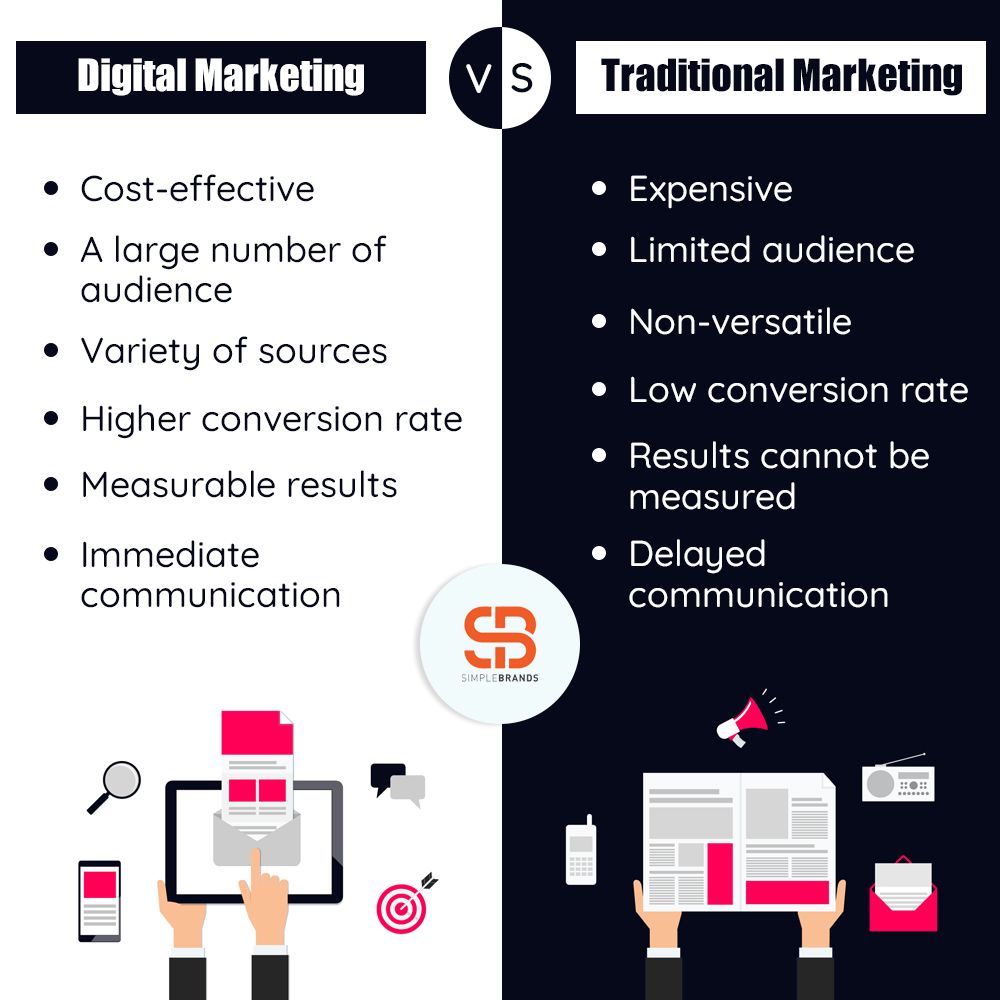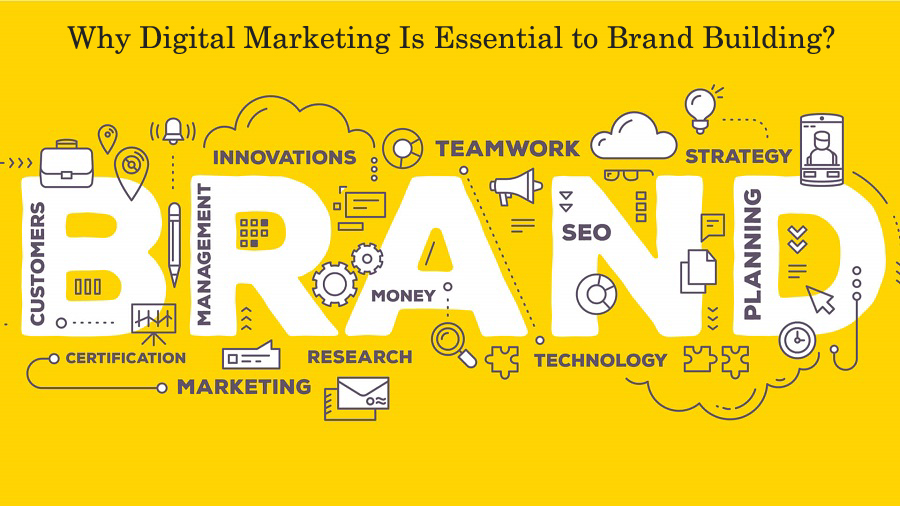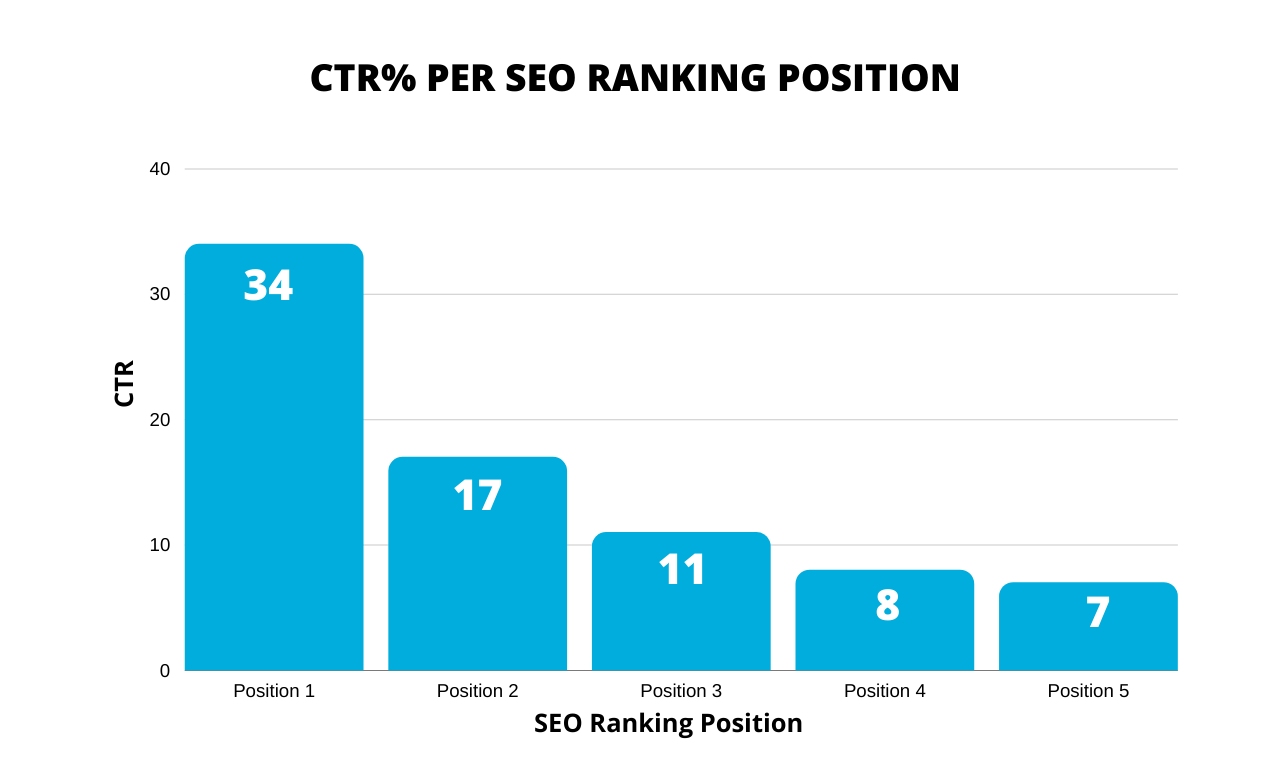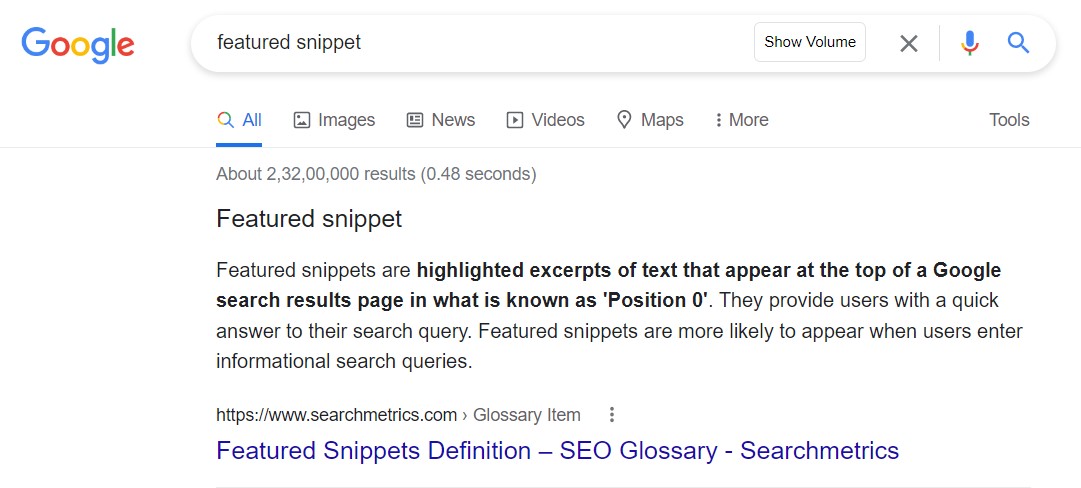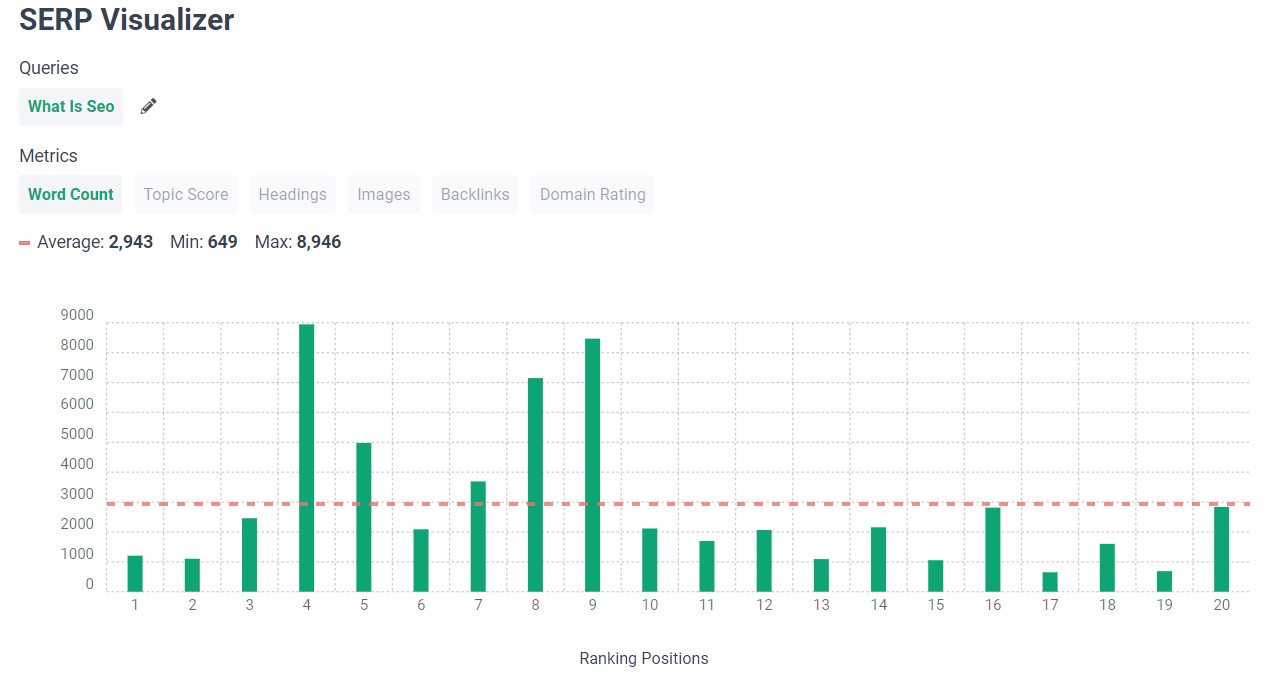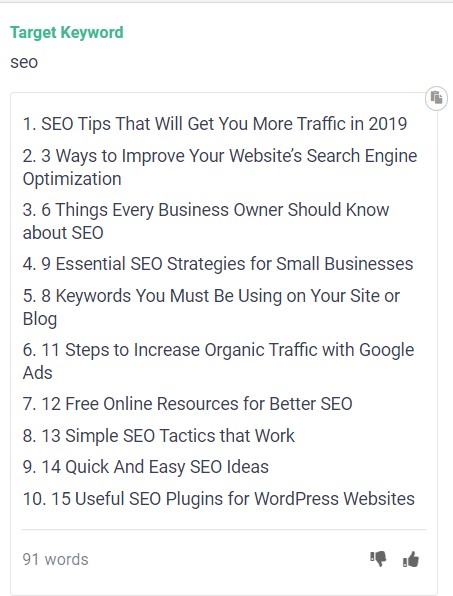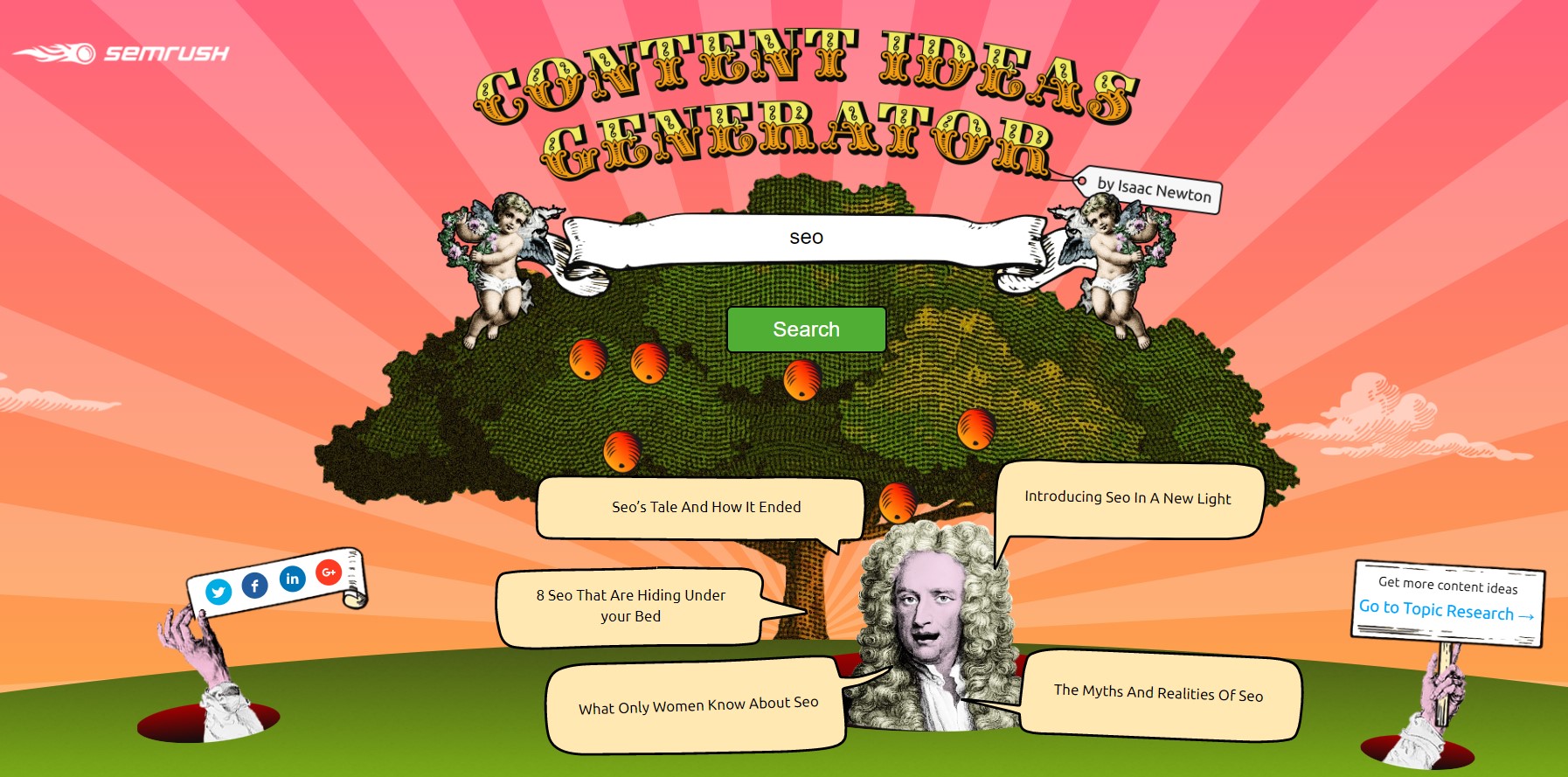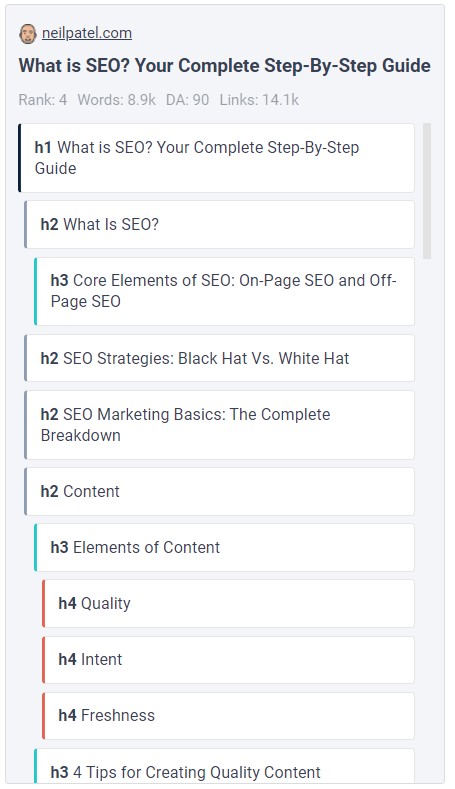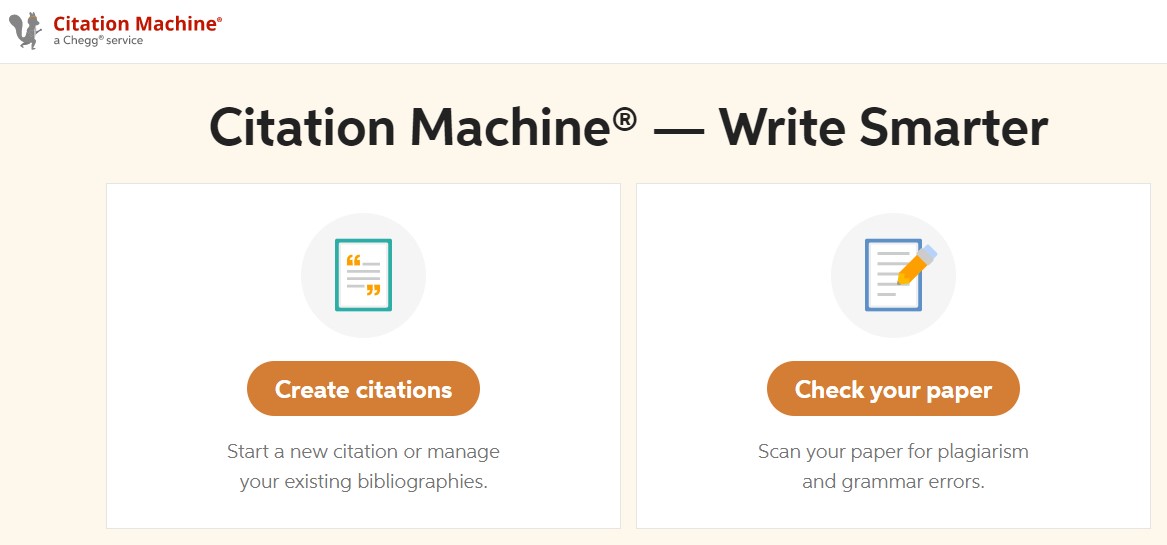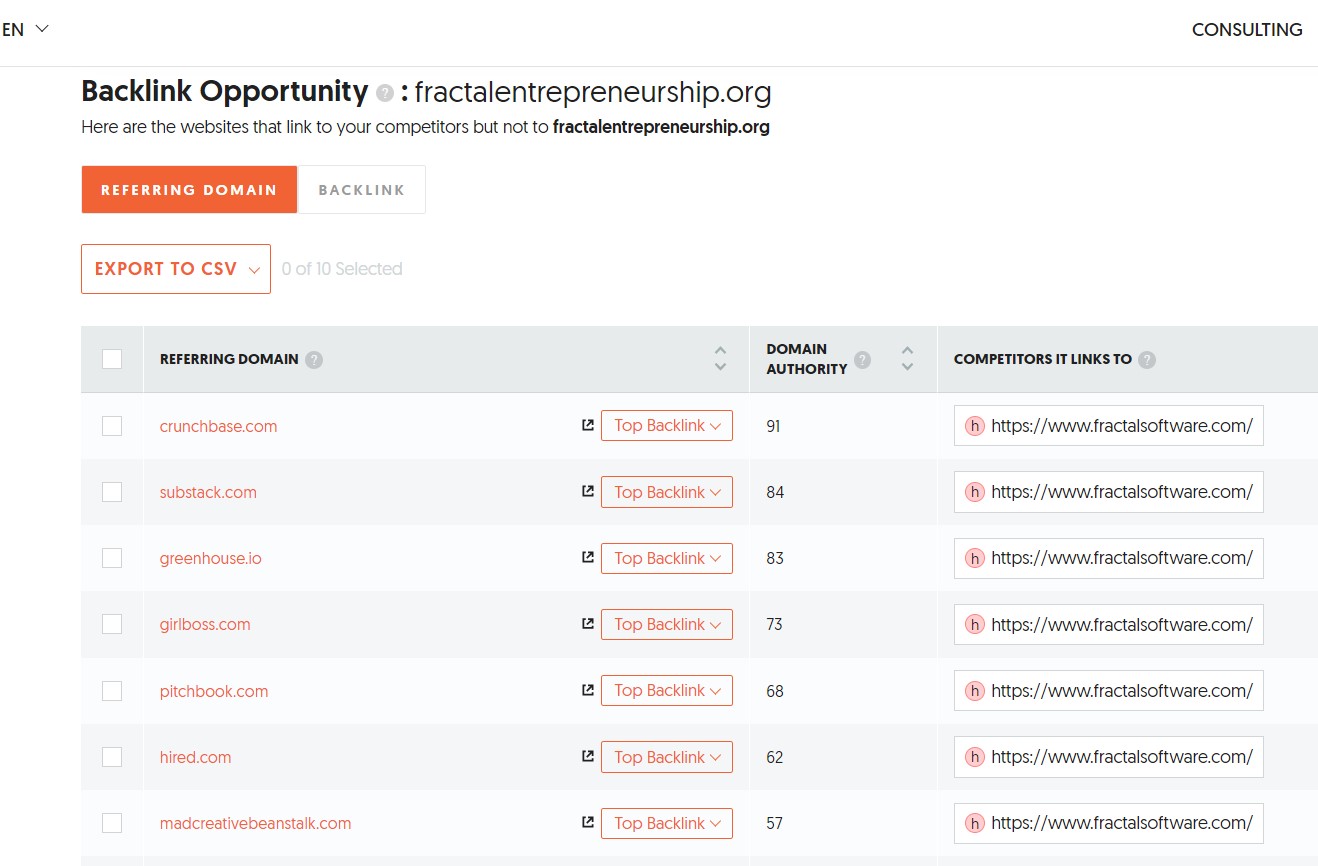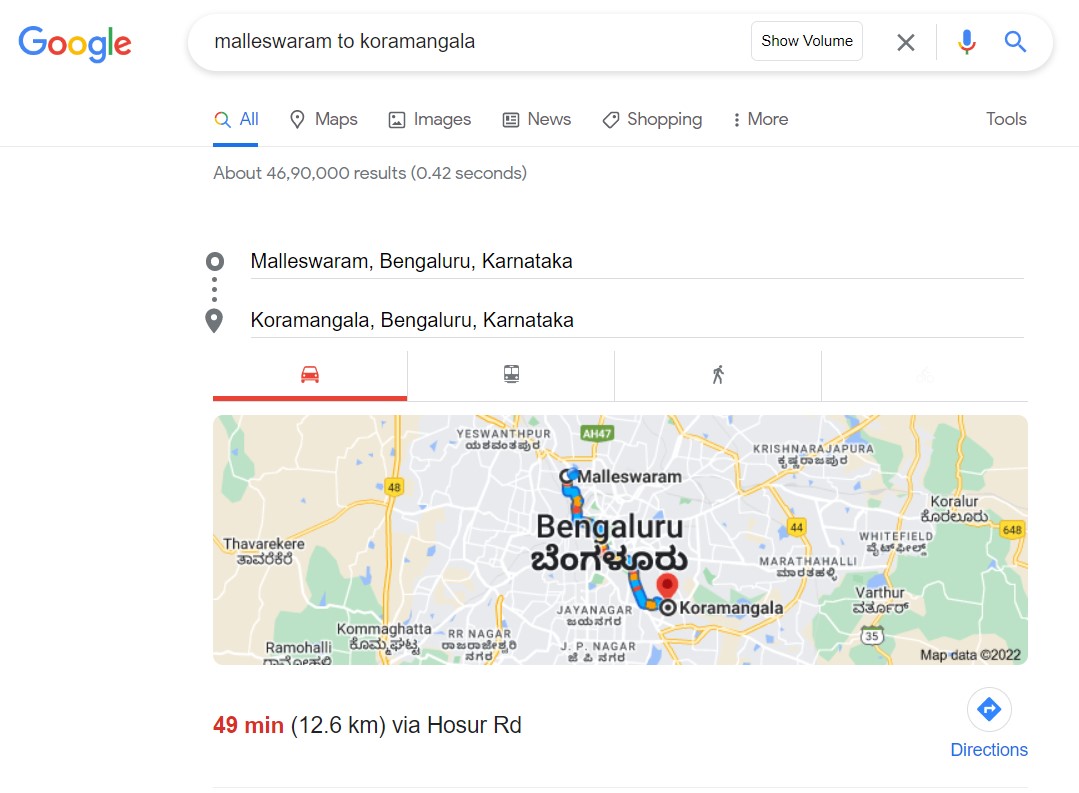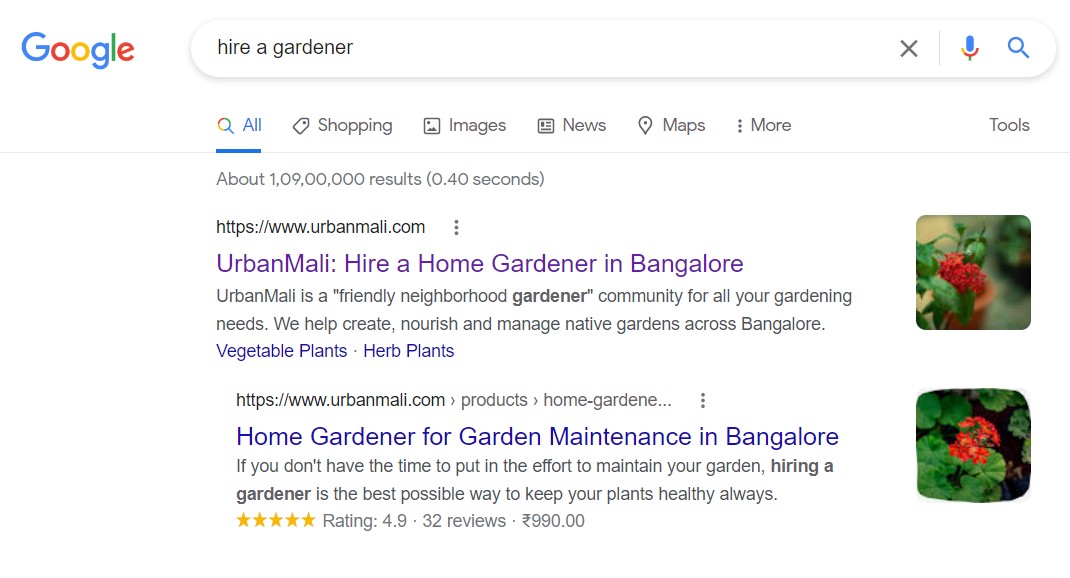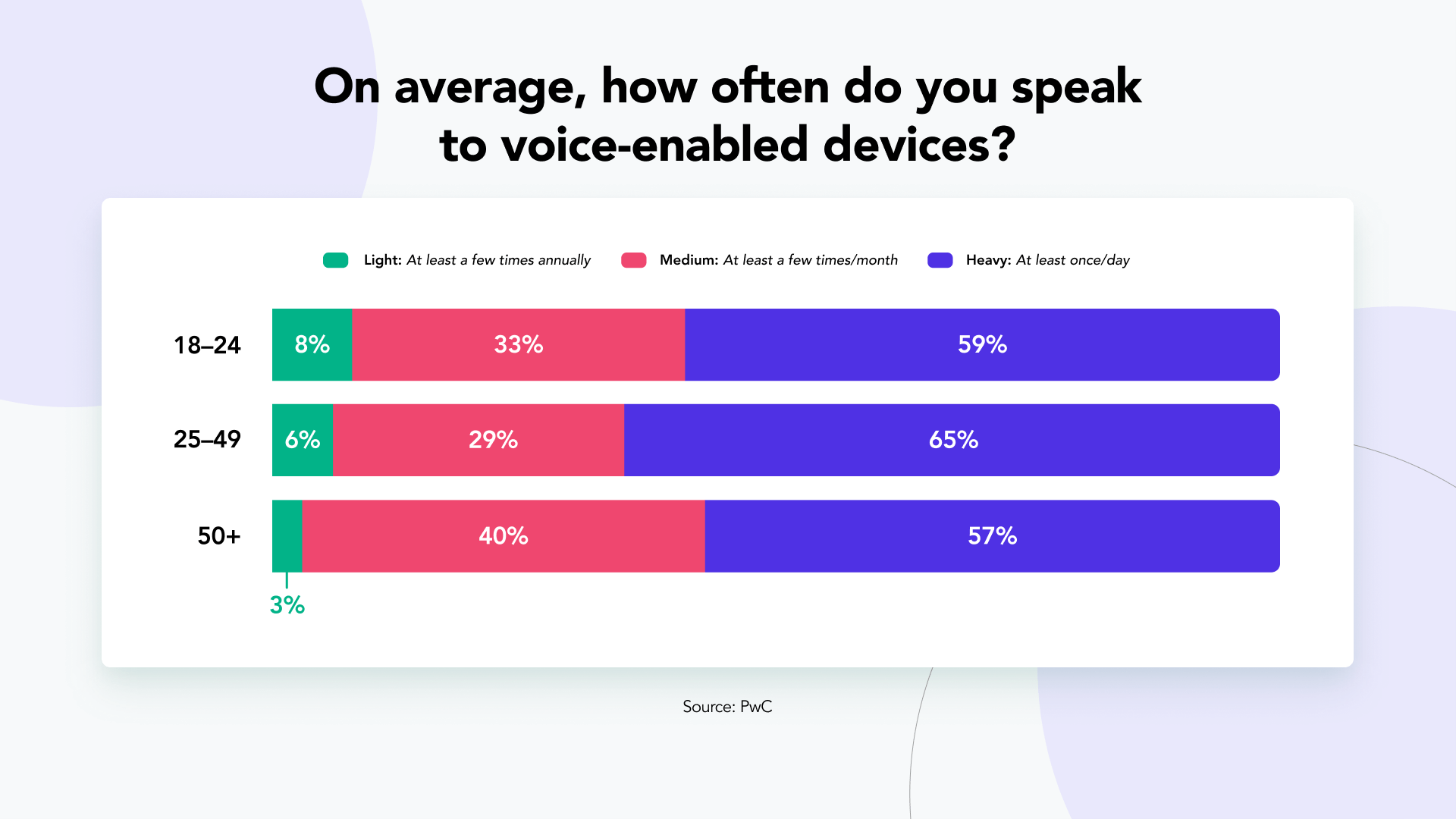Digital marketing is the use of digital technologies such as search engines, social media platforms, mobile devices, online video, email, etc., to promote products or services. It uses various channels and techniques to connect businesses and consumers.
However, digital marketing can be overwhelming for small business owners who are not familiar with the terminology and concepts involved. This guide will help you understand what digital marketing is and how it works.
Types of Digital Marketing
The term “digital” refers to any form of electronic communication that involves computers.
The most common forms of digital marketing include:
Search Engine Optimization (SEO)
Improving the visibility of your website on search engine results pages (SERPs). SEO includes things like keyword research, link building, content creation, and more.
Social Media Advertising
Using social media sites to advertise your brand. Social media advertising includes posting links to your site on Facebook, Twitter, LinkedIn, Instagram, Pinterest, YouTube, etc.
Social Media Marketing (SMM)
Social media marketing (SMM) is an effective way to reach potential customers through social networks. SMM includes activities include posting links to your site, sharing articles about your niche, creating and managing groups related to your niche, sharing interesting posts such as quotes and educational materials, commenting on other people’s posts, liking others’ posts, and so on.
Email Marketing
Sending emails to people in order to promote your brand. Email marketing includes sending promotional messages via email. You may also send out newsletters, announcements, special offers, etc.
Mobile Marketing
Promoting your brand by creating apps, games, videos, and other types of mobile-optimized content. Mobile marketing includes promoting your app/game on Google Play, Apple App Store, Windows Phone Marketplace, Amazon Appstore, and others.
Online Reputation Management (ORM)
Managing negative reviews and comments about your company on review websites. ORM includes things like responding to negative reviews, removing bad reviews from review sites, and more.
Content Marketing
Producing high quality content that promotes your brand. Content marketing includes writing blog posts, creating infographics, publishing eBooks, creating white papers, etc.
Affiliate marketing
In affiliate marketing, you make money when someone buys something after clicking on a link you have provided.
Are you confused about digital marketing? Do you feel overwhelmed with all the information available online?
In this article, we will cover everything you need to know about digital marketing. We will go over the basics, such as how to choose a domain name, build a website, and create content. But most importantly, we will talk about why you should do these things and how they fit into your overall strategy.
We will also explain the difference between traditional advertising and digital marketing.
I hope you enjoy this article and find it useful.
How digital marketing is different from traditional marketing?
Digital marketing has become an integral part of our lives. We use smartphones, tablets, laptops, and desktop computers every single day.
We watch videos online, read articles, play games, listen to music, and much more. All these things were once considered “luxuries”. Nowadays, everyone uses technology to connect with each other.
This means that digital marketing is no longer limited to big companies. Smaller businesses can benefit from digital marketing too.
In this article, we’ll discuss the differences between digital marketing and traditional marketing.
#1. Digital Marketing is Cost Effective
Traditional marketing involves spending thousands of dollars on advertising campaigns. This is expensive, especially for small businesses.
However, digital marketing doesn’t cost even 10% of traditional marketing. In many cases, digital marketing is free. You pay fees to advertise your products or services. But, you spend your time and efforts to promote yourself through digital media for free.
#2. Traditional Marketing Requires Lots of Time
With traditional marketing, you have to plan everything ahead of time. You have to write ads, send emails, and schedule events.
It takes hours of planning and preparation. And if you fail to execute properly, you won’t achieve the desired results.
On the contrary, digital marketing allows you to test various strategies without investing a lot of time. If one strategy isn’t working, you can easily change it.
#3. Traditional Marketing Doesn’t Work Well Online
Traditional marketing works better offline than online. People still prefer to go to stores rather than search for information online.
They prefer to talk face-to-face with salespeople instead of reading reviews online. They prefer to see pictures of products first before buying them.
All these factors mean that traditional marketing doesn’t work well online. However, digital marketing does.
#4. Traditional Marketing Fails to Reach Target Audience
Traditional marketing focuses on reaching as many customers as possible. But most of those customers aren’t interested in your products or services.
Instead, they’re searching for something else. For example, they may be looking for a job. Or maybe they’re trying to find a place to live.
So, traditional marketing fails to reach target audience. On the contrary, digital marketing reaches targeted audiences.
#5. Traditional Marketing Has a Risk of Low ROI
Traditional marketing has the risk of low return on investment. You invest money upfront, but you sometimes don’t receive much benefits in return.
For instance, you buy advertisements on TV or print media. Then, you wait for potential customers to come to you.
When they finally do, you hope that they purchase your products or services. But chances are, they didn’t come to you because they wanted to buy your products or services. They came to you because they heard about your company somewhere else.
Therefore, traditional marketing ROI has started diminishing. On the contrary, digital marketing provides immediate returns on investments.
Social media sites such as Facebook, Twitter, Instagram, LinkedIn, YouTube, etc., allow you to share content with your followers.
As a result, your posts appear on their feeds. As they scroll down, they click on your links. And then, they visit your website.
This means that digital media marketing generates leads and conversions. Therefore, it has a positive impact on your bottom line.
Digital marketing is becoming increasingly popular among businesses. Because of its effectiveness, it helps businesses grow.
But there are still some misconceptions regarding digital marketing. Some people think that it’s similar to traditional marketing.
While they are correct in saying that digital marketing is similar to traditional marketing, they neglect to mention several key differences.
These differences include:
- Digital marketing is cheaper than traditional marketing.
- It requires less time compared to traditional marketing.
- Digital marketing reaches targeted audiences. Traditional marketing cannot do so.
- Digital marketing has a higher chance of generating ROI. Traditional marketing has low chances.
- Digital marketing is easier to implement than traditional marketing.
Why digital marketing is important?
Digital marketing has become an integral part of our lives. We spend most of our time online, whether it’s browsing the internet, watching videos, listening to music, shopping, or playing games.
It seems like everyone uses the internet these days. And with the rise of mobile devices, the internet has become even more accessible.
So why is digital marketing important? Let’s find out.
#1: Digital Marketing Helps Build Brand Awareness
In order to grow your business, you need to first establish yourself as a reputable brand. This means building awareness among potential customers.
By using digital marketing tools such as search engine optimization, email marketing, content marketing, and social media advertising, you can reach a wider audience and promote your brand.
#2: Digital Marketing Provides Better Customer Service
Customers expect fast service and excellent customer support. If you don’t offer it, you may miss out on sales opportunities.
With digital marketing, you can provide exceptional customer service 24/7. You can respond quickly to questions and comments, resolve issues, and improve your products and services.
This helps you retain existing customers and attract new ones.
#3: Digital Marketing Makes Sales Easier
As mentioned above, digital marketing allows you to provide better customer service. But it also makes it easier to sell your products and services. For example, if you run a website, you can easily add links to your products and services. This makes it much easier for visitors to purchase your products.
#4: Digital Marketing Increases Traffic
Traffic refers to the number of visitors to your site. With digital marketing, you can drive traffic to your site.
For example, if you run an ecommerce store, you can advertise your products on social media sites such as Facebook and Twitter. This will allow you to reach a larger audience than would otherwise be possible.
#5: Digital Marketing Creates Loyal Customers
When you provide outstanding customer service, your customers will come back for more. They will tell others about your company and refer them to your website.
This creates loyal customers who will buy again and again.
These five reasons alone show why digital marketing is important.
Benefits of Digital Marketing Tools
Now let’s talk about the benefits of each tool.
#1: SEO
Search Engine Optimization (SEO) is one of the most effective digital marketing strategies available. By optimizing your website, you can rank higher in Google searches and appear near the top of search results.
This gives you greater exposure and leads to increased traffic.
#2: Email Marketing
Email marketing is another powerful digital marketing strategy. You can send emails to your current customers and prospects, letting them know about special offers, discounts, events, and promotions.
This builds trust and loyalty between you and your customers.
#3: Content Marketing
Content marketing is a type of digital marketing where you write articles, blog posts, and other types of content. These pieces of content include text, images, video, audio, and interactive elements.
They’re usually shared across multiple platforms, including websites, blogs, social media, and apps.
#4: Social Media Advertising
Social media advertising is another form of digital marketing. Through paid ads, you can target specific audiences based on demographics, interests, behaviors, and location.
This helps you reach people who are interested in what you have to say.
#5: Paid Search Ads
Paid search ads are similar to organic search results. However, they are paid advertisements.
Some businesses use paid search ads to generate qualified leads. Others use them to raise awareness about their brands.
Regardless of your goals, paid search ads give you access to a large audience.
Why digital marketing is important for small business?
Digital marketing is important for any size of business. It’s especially useful for smaller companies that don’t have the budget or staff to do traditional marketing.
It helps us reach our target audience easily and effectively. And it makes our life easier too. We don’t have to spend hours searching for information online anymore.
We just need to open an account and start using it. That’s why it’s important for every business owner to learn how to use it properly.
#1: Digital Marketing Helps Small Business Grow
Small businesses often struggle with getting noticed by potential clients. However, digital marketing can help.
It allows you to connect with new customers through social media, email, and online ads. You can also create a strong brand identity and increase sales.
#2: Digital Marketing Makes Your Company More Competitive
If you want to compete against bigger companies, you need to get creative. That means doing things like creating unique landing pages, offering free shipping, and providing exceptional customer service.
In addition, you’ll need to invest in digital marketing tools such as SEO, PPC, and email marketing. By investing in these tools, you can improve your company’s visibility and attract more customers.
#3:Increase Sales
As mentioned earlier, Digital Marketing allows us to reach our target audience easily. This means that we can reach potential customers faster and more efficiently.
This leads to increased sales. If we are able to reach our target audience quickly, we can convert them into paying clients.
#4: Improve Customer Service
With Digital Marketing, we can provide customer service 24/7. Our clients won’t have to wait until office hours to contact us. They can email us anytime and ask questions whenever they want.
Our team will respond immediately and solve their problems. This improves customer satisfaction and loyalty.
#5: Save Time & Money
Using Digital Marketing saves us a lot of time and money. We no longer need to search for information online. All we need to do is log in and start working.
We can save a lot of time and effort since we don’t need to go to libraries or bookstores to find information.
We can also save money since we don’t need expensive advertising campaigns.
#6: Grow Brand Awareness
When we use Digital Marketing, we can grow our brand awareness. We can promote ourselves and our products better than ever before.
We can share our content across various platforms such as Facebook, Instagram, Twitter, Google+, YouTube, LinkedIn, Pinterest, and others.
These platforms allow us to connect with our target audiences easily.
#7: Build Loyal Customers
Customers who trust us are more likely to purchase our products. With Digital Marketing, we can build loyal customers.
They will come back to us again and again. This builds our reputation among our customers.
#8: Get Paid Faster
Businesses that use Digital Marketing usually receive payments within days instead of weeks.
This is because Digital Marketing allows us to deliver our products and services faster.
We can send emails, update websites, and upload files instantly.
This gives us a competitive edge over other companies.
#9: Create Better Content
Content plays a huge role in Digital Marketing. Without quality content, we cannot attract visitors to our site.
We need to create content that people love reading. Then, we can drive traffic to our site.
Once we have attracted visitors, we can convince them to buy our products and services.
#10: Stay Connected
Social Media Sites are very useful for connecting with our target audiences.
We can communicate with our followers and fans directly. This allows us to build relationships with them.
We can also interact with them and answer their questions. It’s a win-win situation for everyone involved.
Why digital marketing is important for branding?
Here are 3 reasons why every business needs to invest in building a brand online:
#1. Brand Awareness
Brand awareness is one of the key elements of successful marketing. If customers don’t recognize your brand name, they won’t buy anything from you.
It is imperative that you establish a presence on various platforms such as Facebook, Twitter, Instagram, YouTube, Google+, LinkedIn, Pinterest, etc., so that your target audience knows about your brand.
This helps you reach out to potential customers and drive sales.
#2. Customer Loyalty
Customer loyalty refers to the number of repeat purchases made by existing customers. This is a direct reflection of customer satisfaction.
Customers who are satisfied with your products and services tend to return to you again and again.
So, it is essential that you provide excellent service and quality products to retain your loyal customers.
#3. Online Reputation Management
Online reputation management refers to managing the information available about a company online.
When people search for your name on Google, Facebook, Twitter, Instagram, LinkedIn, YouTube, and others, they see what other people say about you.
These reviews are often negative. However, if you manage your online reputation properly, you can change these bad reviews into positive ones.
For example, if you receive a complaint about your business, contact the person who made the complaint.
Ask him/her to write a review about your business instead. Make sure to thank the person for writing such a nice review.
Then, respond to the review. Thank the reviewer for his/her feedback and ask him/her to leave a better review next time.
Doing this will improve your online reputation and prevent future complaints.
So, whether you run a small business or a giant corporation, investing in digital marketing is vital.
Investing in digital marketing will allow you to connect with millions of customers worldwide.
It will also enable you to maintain a positive image online.
FAQ on Digital Marketing
Will digital marketing replace traditional marketing?
Yes! Digital marketing has become one of the most effective ways to reach customers today. The internet provides a platform for businesses to connect directly with consumers, which gives them access to information about what they want at any given moment. This allows marketers to provide relevant offers and messages based on customer interests, rather than relying on generic advertisements.
How digital marketing affects consumer behavior?
Digital marketing has changed the way consumers interact with brands. Consumers now research products and services online, compare prices, read reviews, and share information about products and services. The rise of mobile technology means customers can access information at any time and from anywhere, which makes them less likely to be loyal to one particular company. This shift in consumer behavior has made it difficult for businesses to reach out to potential customers.
Will digital marketing be automated?
Yes, digital marketing will become automated. The main reason for this is that technology has made it easier to automate tasks such as email marketing, lead generation, and customer service. As a result, marketers will spend less time managing these processes and more time focusing on other aspects of their business.
Will digital marketing die?
Digital marketing has been around for decades, but it was only recently that marketers started using digital channels like search engines, social networks, mobile apps, etc. to reach customers. The internet has become such a powerful channel that it’s now impossible to ignore.
Is your business into digital marketing? How successful are you in it? Which areas are successful? Where are you struggling?
Let us know in the comments below. We will be happy to learn together.
Be Blessed by the Divine!
Krish Murali Eswar.


